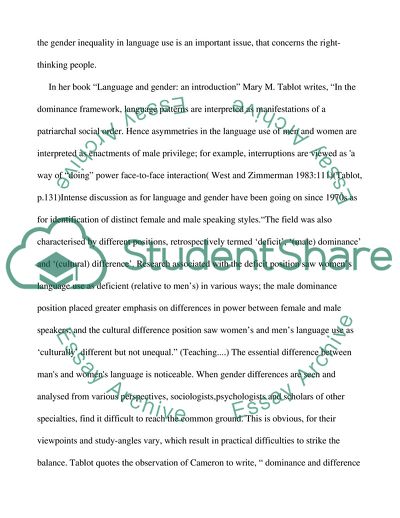Cite this document
(Peculiarities of Gender Issues in a Language Literature review, n.d.)
Peculiarities of Gender Issues in a Language Literature review. Retrieved from https://studentshare.org/gender-sexual-studies/1732396-gender-issues-in-language
Peculiarities of Gender Issues in a Language Literature review. Retrieved from https://studentshare.org/gender-sexual-studies/1732396-gender-issues-in-language
(Peculiarities of Gender Issues in a Language Literature Review)
Peculiarities of Gender Issues in a Language Literature Review. https://studentshare.org/gender-sexual-studies/1732396-gender-issues-in-language.
Peculiarities of Gender Issues in a Language Literature Review. https://studentshare.org/gender-sexual-studies/1732396-gender-issues-in-language.
“Peculiarities of Gender Issues in a Language Literature Review”. https://studentshare.org/gender-sexual-studies/1732396-gender-issues-in-language.


